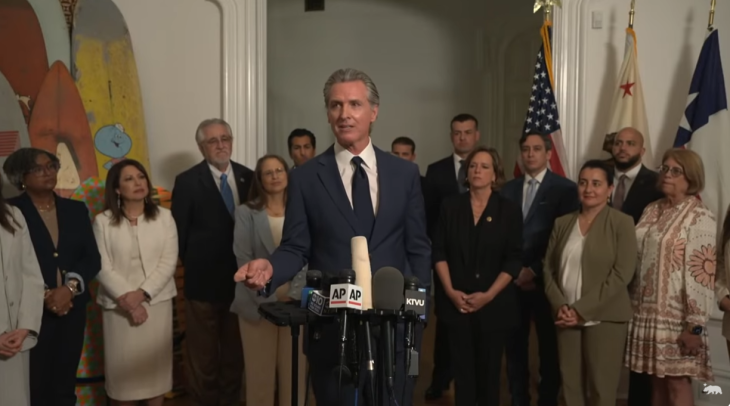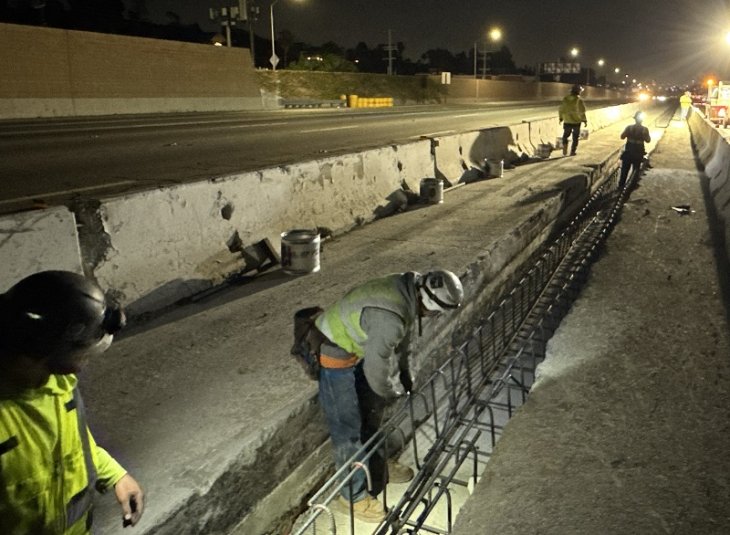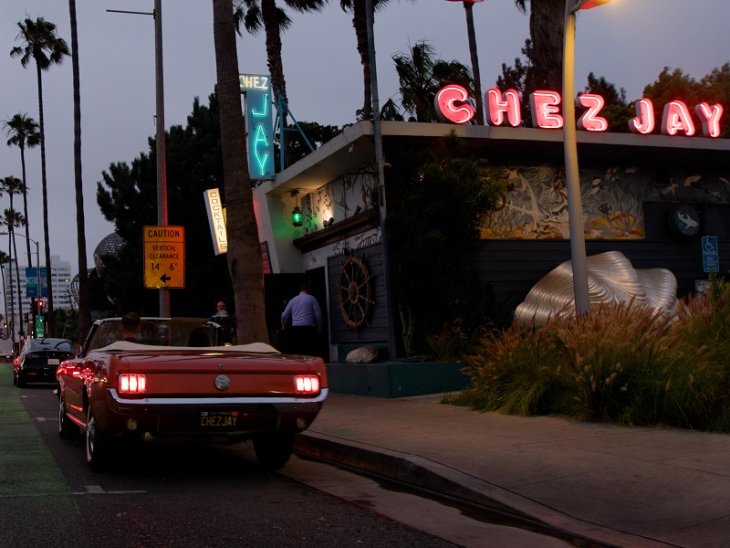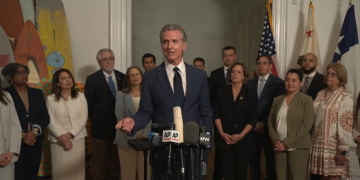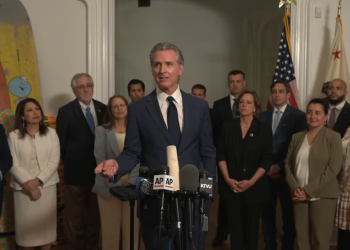
A list of more than 1,400 buildings that could be at risk during an earthquake was reportedly released in late January by U.C. Berkeley researchers. In a separate analysis of the list conducted by the Los Angeles Times, it was found 10 Brentwood buildings were on the earthquake risk list.
The Berkeley study, which took about three years to compile, took inventory of structures built before 1976, when stricter codes were enacted in the City.
Researchers pointed out the study provided a broad brushstroke of buildings, many of them concrete, which could collapse in a major earthquake.
“The study did not determine whether any specific building represents a greater collapse hazard than other buildings,” the study stated. Such determination would require a detailed site investigation and structural analysis by an engineer. No interior inspections of any specific buildings were conducted for the study, and no structural analysis was done. The exact configuration of the lateral force-resisting systems for individual buildings was not reviewed.”
Even more, researchers stated the study, which only includes data through 2011, likely contains some errors and omissions, is not “definitive,” and does not intend to identify buildings in the City as dangerous.
An in-depth look at the study by the Los Angeles Times revealed several buildings on the Westside were included in the Berkeley study.
Of the 10 buildings identified in an interactive map posted on the Los Angeles Times website, only two were not located on either San Vicente Boulevard or Wilshire Boulevard.
One of those buildings is located on the Mount Saint Mary’s College Chalon Campus at 11999 Chalon Road. According to the published map, it is unknown when the four-story, 100,000 square feet school building was built, but the Los Angeles Times estimated no occupants filled the structure during daytime or evening hours.
The building was valued at about $29.4 million, according to the Los Angeles Times report.
Slightly southwest, Hotel Angeleno at 170 North Church Lane also made the Berkeley list, according to the Los Angeles Times report. Hotel Angeleno was built in 1970 and is reportedly valued at about $14.2 million. The hotel is 16 stories high and, according to reported estimates, has 65 occupants during the day and 270 in the evening.

Two office buildings, a commercial facility, and a parking structure on San Vicente Boulevard were also identified as potentially hazardous by the Berkeley study. Those structures include: commercial facility at 12001 San Vicente (six stories, built in 1964, three estimated occupants only during the day, $20.99 million value); office building at 11980 San Vicente (nine stories, 90,000 square feet, three estimated occupants only during the day, $23 million value); parking structure at 11980 San Vicente (four stories, built in 1975, 80,000 square feet, 16 estimated occupants only during the day, $7.1 million value); and, an office building at 11611 San Vicente (five stories, built in 1969, six estimated occupants only during the day, $35.65 million value).
Lastly, two parking structures and two professional buildings on Wilshire Boulevard were on the Berkeley list, according to the Los Angeles Times.
One of those buildings is at 11600 Wilshire, a five-story professional building erected in 1960 and almost 60,000 square feet in size. Reported estimates indicate only seven people occupy the building during daytime hours but about 119 people fill it during the night.
Also on the list was a professional building at 11620 Wilshire. The Los Angeles Times’ interactive map stated the 11-story, 189,000 square-foot building is valued at about $63 million with an estimated 378 occupants during the day; the building only has eight occupants during the evening, according to reported estimates.
Researchers identified the two parking structures are at 11620 Wilshire and 11728 Wilshire. The four-story, 171,000 square foot structure at 11620 Wilshire was built in 1974 while the two-story, 270,000 square foot structure at 11728 was erected in 1961.
In all, a total of 1,451 buildings were identified in the Berkeley study as one that could potential collapse during a significant earthquake and expose hundreds of lives to injury or death.
Still, as the researchers indicated, the study’s results are inconclusive and more analysis would have to be done to determine the specific threats a significant earthquake would pose to each pre-1976 building.

